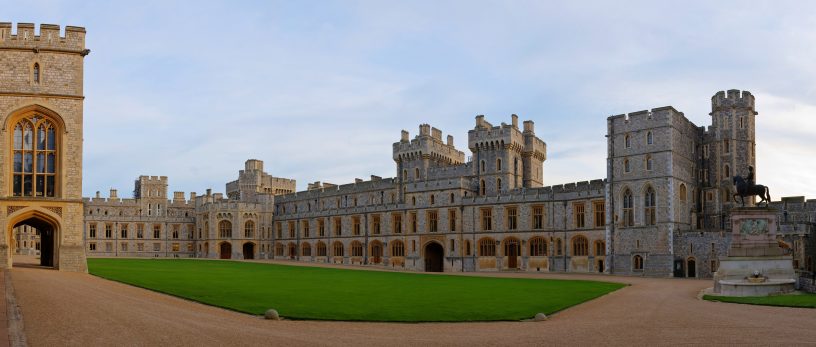3. Colosseum (Italy)
Colosseum or commonly known as the Colosseum was built in the Italian city of Rome between 70 and 72 under the reign of Emperor Vespasian.
With a height of up to 50m, a length of 189m, a width of 156m and a 3-storey seat, this arena once welcomed 50,000 spectators to watch the bloody matches of old gladiators. The Colosseum is considered to be one of the symbols of the Roman Empire and is one of the most beautiful surviving examples of Roman architecture.
4. Taj Mahal (India)
The Taj Mahal in Agra (India) is a monumental mausoleum built by Mughal Emperor Shah Jahan in memory of his beloved deceased wife – Mumtaz Mahal. It began in 1632 and took about 15 years to complete.
This contruction is a combination of elements of Turkish, Indian, Persian, and Islamic architectural styles. The splendid mausoleum with a dome set in the walled garden is considered a prime example of Mughal art and architecture.
The Taj Mahal consists of 4 towers, each tower is 13 stories high. After being overthrown, the king spent the rest of his life looking at the Taj Mahal from a window.
5. The ancient city of Petra (Jordan)
The ancient city of Petra is located on the edge of the Arabian desert. This contruction was the capital of the Nabataeans kingdom of King Aretas IV (9 BC – 40). Petra is famous for its stone structures, especially the 42m high temple carved classic pink stone facade.
The old city built tunnels, water tanks and an amphitheater with a capacity of 4,000 people. This relic is described as one of the valuable cultural assets of humanity.
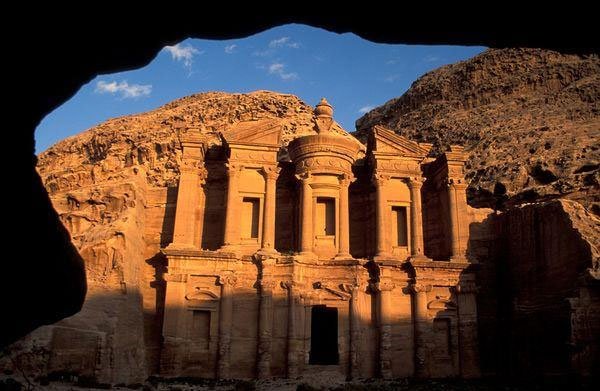
6. Fort Machu Picchu (Peru)
Machu Picchu is a mountain settlement built in the fifteenth century in the Amazon region of Peru. This dilapidated city is one of the most famous ruins of the Inca civilization that thrived in the Andes mountains in the western South America.
Although forgotten for many centuries, Machu Picchu has returned and attracted the world’s attention thanks to archaeologist Hiram Bingham in 1911.
7. Chichen Itza relic (Mexico)
Chichen Itza is an archaeological site in pre-Columbian times , built by the Maya civilization and located in the northern center of the Yucatan Peninsula (Mexico). This site contains various major architectural styles such as El Castillo (Temple of Kukulkan) and Temple of the Warriors.

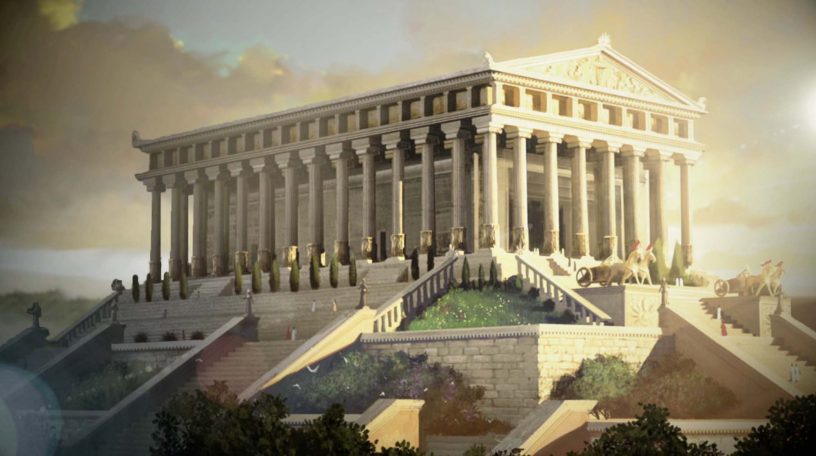

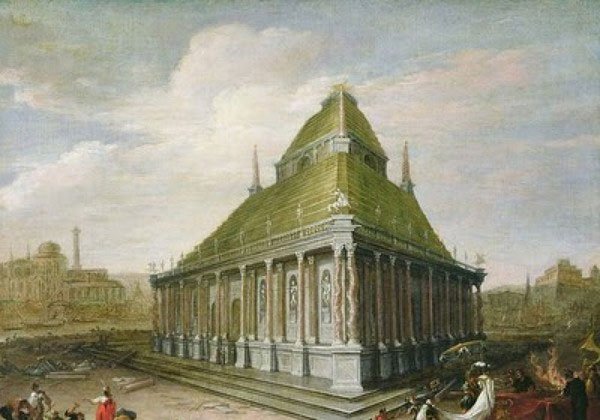


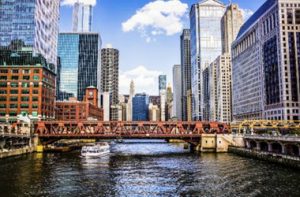
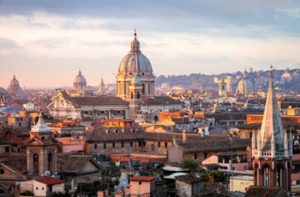

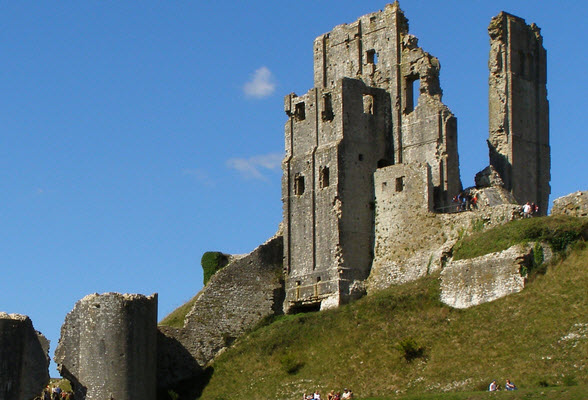
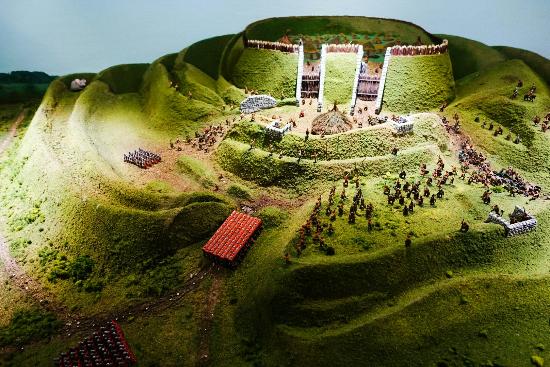
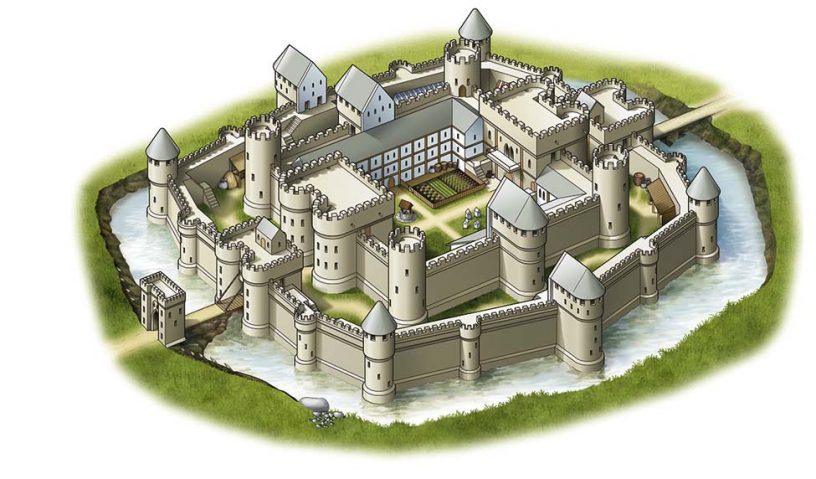
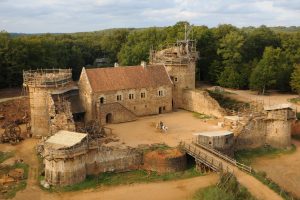 Project Gueledon is the most recent castle to be constructed a project that was initiated by Michel Guyot and Maryline Martin in 1997. It was expected to take up to 25 years to be completed but thanks to modern technology and adequate manpower, it was completed in 2006. Given this comparison, you can only imagine how long the work would have taken in the middle ages where there were no cars or technologies to boost the progress.
Project Gueledon is the most recent castle to be constructed a project that was initiated by Michel Guyot and Maryline Martin in 1997. It was expected to take up to 25 years to be completed but thanks to modern technology and adequate manpower, it was completed in 2006. Given this comparison, you can only imagine how long the work would have taken in the middle ages where there were no cars or technologies to boost the progress.